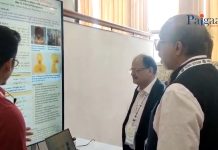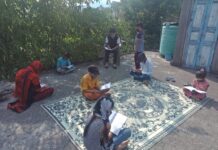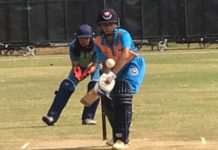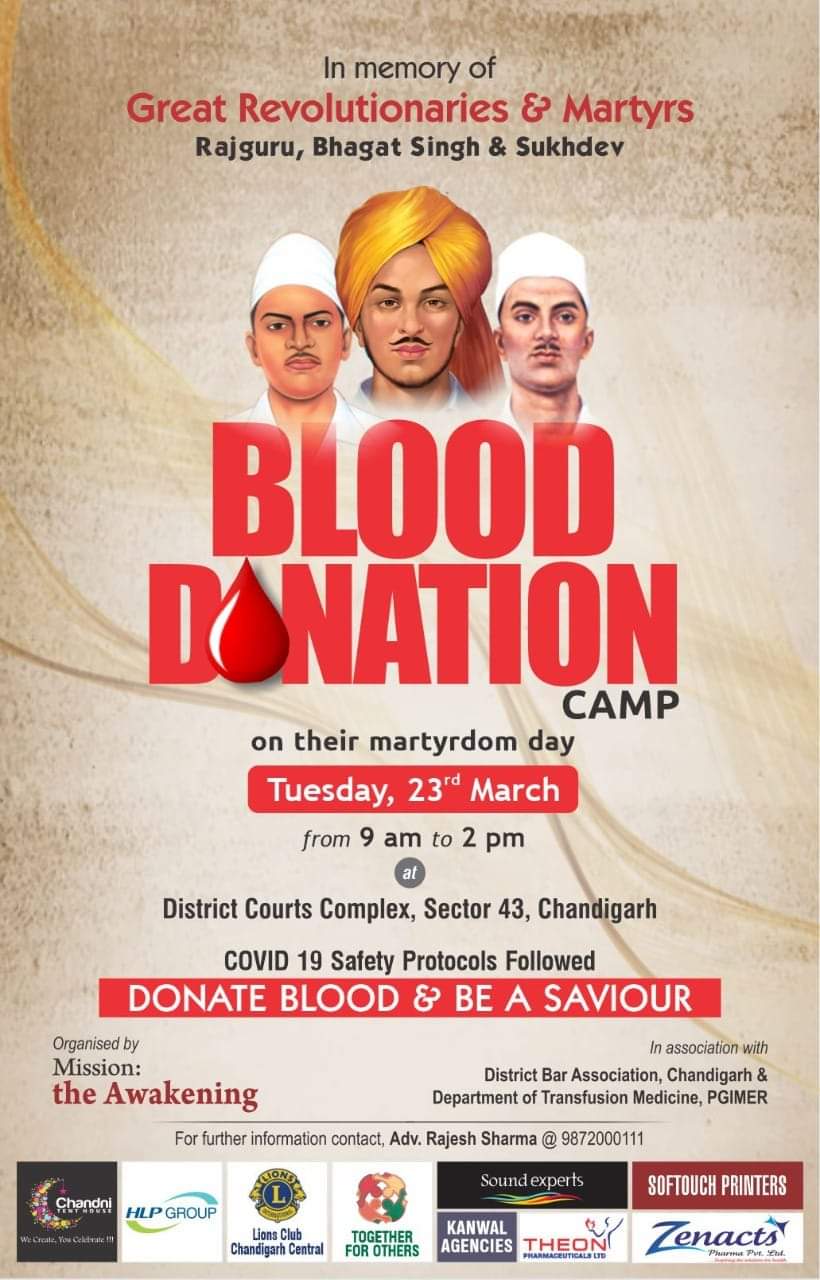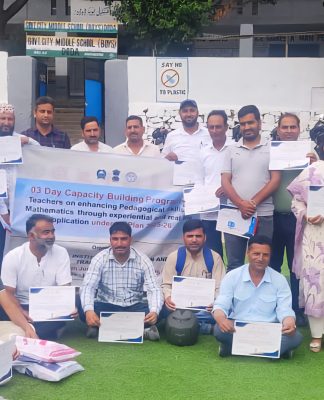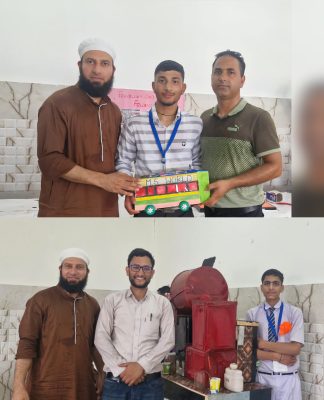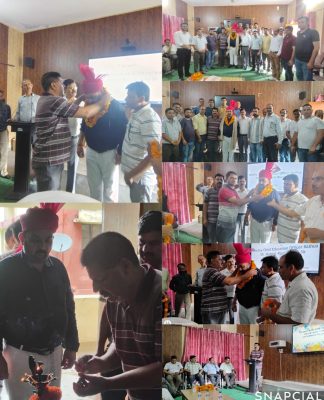A ‘Retinoblastoma Awareness Walk’ was organized from the Rock Garden to the Sukhna Lake today morning by the Department of Ophthalmology, GMCH, Sector 32, Chandigarh in collaboration with Chandigarh Ophthalmological Society and PGIMER, Chandigarh. The walk was flagged off by Prof. Jagat Ram, Director, PGIMER. Dr. Sudesh Arya, Head, Department of Ophthalmology, GMCH, Sector 32, Dr Ashok Sharma, President, Chandigarh Ophthalmological Society and Dr. Usha Singh, Professor, Department of Ophthalmology, PGIMER were also present during the flag off.
Retinoblastoma is a curable eye cancer of babies less than 5 years of age. Every 85 minutes, a child dies from this curable eye cancer globally which amounts to about 7000 deaths/year and of these, approximately 2000 babies are from India. 96% of children treated in developed countries survive. However, the global survival is below 20% due to delayed presentation of these babies for treatment especially in the developing world.
Approximately 150 marchers walked down the path to spread the awareness message amongst the public about retinoblastoma.The event was supported by non-governmental organizations like CanKids and Lion’s Club. At the conclusion of thewalk at the Lake, Dr. Jagat Ram highlighted the need for early diagnosis of this dreadful disease. He said that both PGIMER and GMCH, Sector 32 have referral of large number of cases in the region. Dr. Subina Narang, Associate Professor, Department of Opthalmology, GMCH told that with the advancement of technology, some freely downloadable mobile apps, like ’white eye detector’, are available to achieve early diagnosis of retinoblastoma. A white glow in a child’s eye can be detected in their routine flash photos taken in dim light with the camera of a mobile phone. All babies with this abnormal eye glow need to report to an Ophthalmologist for a detailed examination. Majority of these eyes can be saved with treatments like laser therapy, cryotherapy and brachytherapy (localizedradiation). Chemoreduction can be tried for larger tumors. The removal of the eye is the option for extremely large tumors to save the life of the child. Good cosmesis can however be achieved these days with the placement of the prosthetic eye.





















